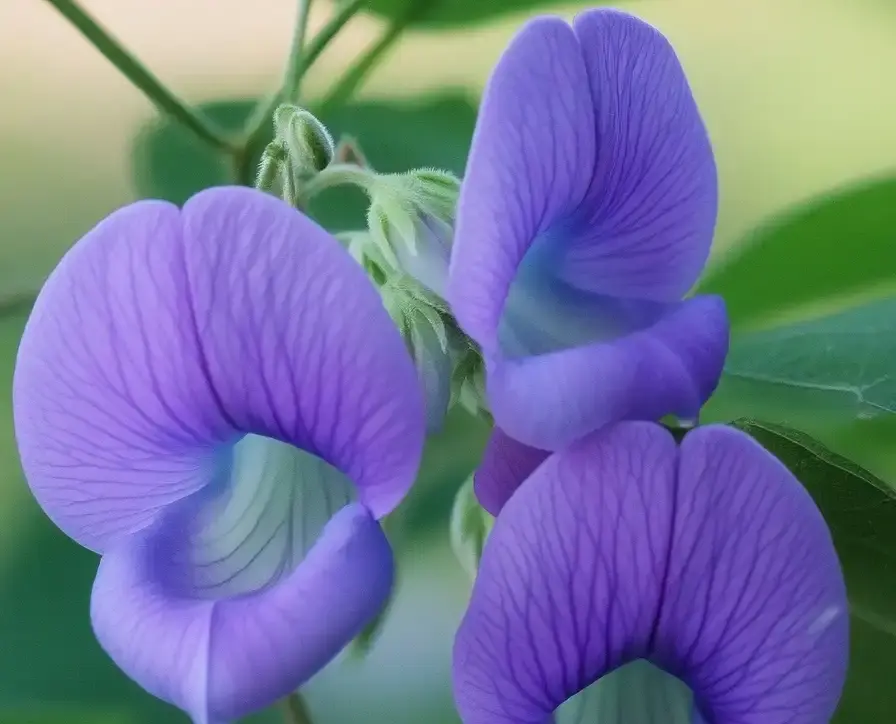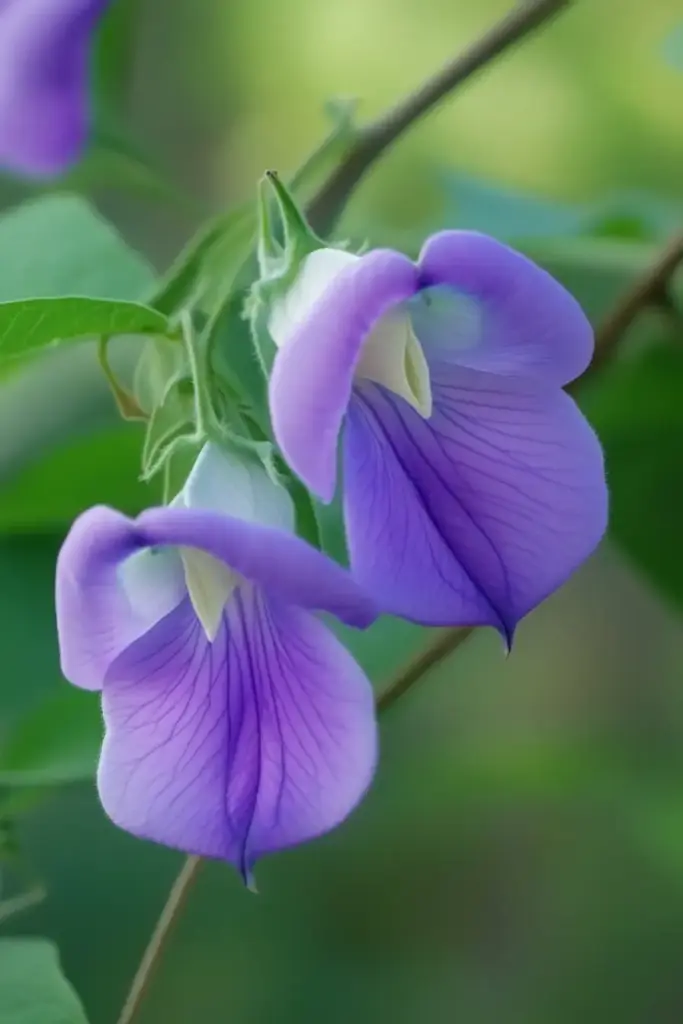Spurred Butterfly Pea (Centrosema virginianum) is a low-maintenance native vine with fluttering purplish-blue blooms—ideal for full-sun gardens or flower beds. Drought-tolerant and nitrogen-fixing, it thrives with simple watering, pruning, and pest-management routines detailed below.
🌿 Love gardening inspiration? Follow me on Pinterest for bold plant ideas, tips, and seasonal color!
Table of Contents
Quick Facts About Spurred Butterfly Pea
Before diving into the care details, here’s a quick look at what makes Spurred butterfly pea care so approachable and worthwhile:
- Botanical Name: Centrosema virginianum
- Common Names: Spurred butterfly pea, wild pea, blue bell, wild blue vine
- Plant Type: Herbaceous perennial vine
- Growth Habit: Twining or sprawling; great for trellises or ground cover
- Height/Spread: Typically 3–6 feet long, depending on support
- Flower Color: Violet to purplish-blue with a butterfly-like shape
- Foliage: Trifoliate green leaves
- Sunlight Needs: Full sun to partial shade
- Soil Preference: Well-draining, slightly acidic to neutral (pH 5.5–7)
- Watering Needs: Moderate; drought-tolerant once established
- USDA Hardiness Zones: 6–9
- Best Planting Time: Spring to early summer
- Special Features: Nitrogen-fixing roots, pollinator-friendly, native plant
Care Tips for Spurred Butterfly Pea
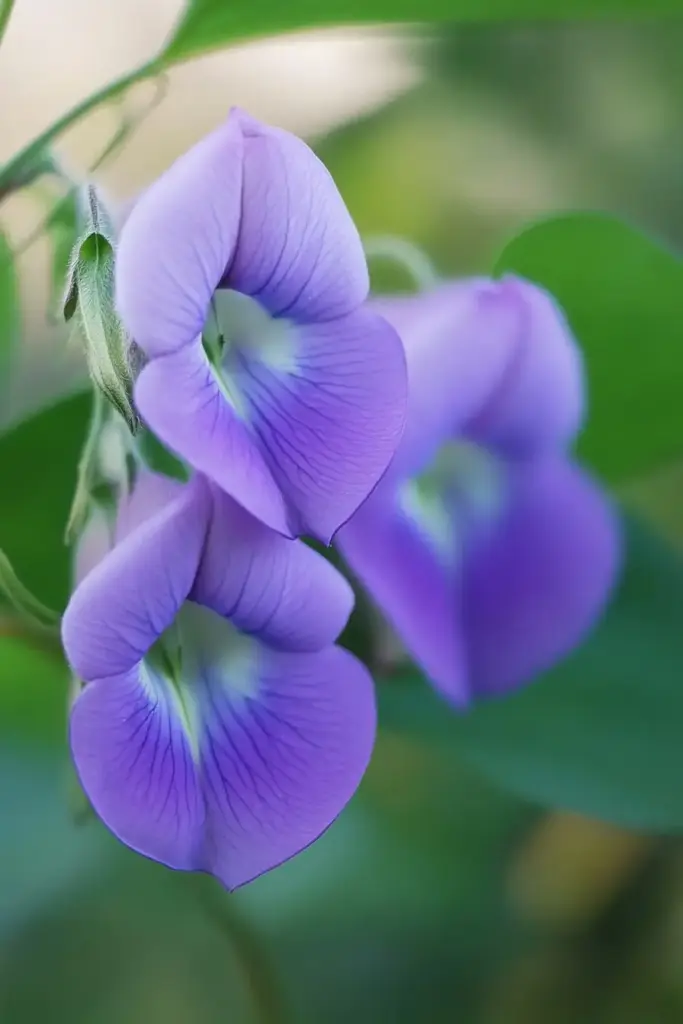
🌿 Watering
When it comes to Spurred butterfly pea care, consistency is key—especially during the first growing season. Water your vine twice a week, or when the top inch of soil feels dry. Once established, this plant becomes drought-tolerant, making it a smart choice for low-maintenance gardens or xeriscaping. Just avoid letting the soil stay soggy for too long, as this can lead to root rot.
💡 Pro Tip: Deep, infrequent watering helps the roots grow stronger and more drought-resistant.
☀️ Sunlight
This cheerful vine thrives in full sun, though it can also tolerate light partial shade. For the best bloom production and dense foliage, aim for at least 6 hours of direct sunlight daily. Shadier spots may reduce flower output but won’t harm the plant’s health.
🌱 Soil
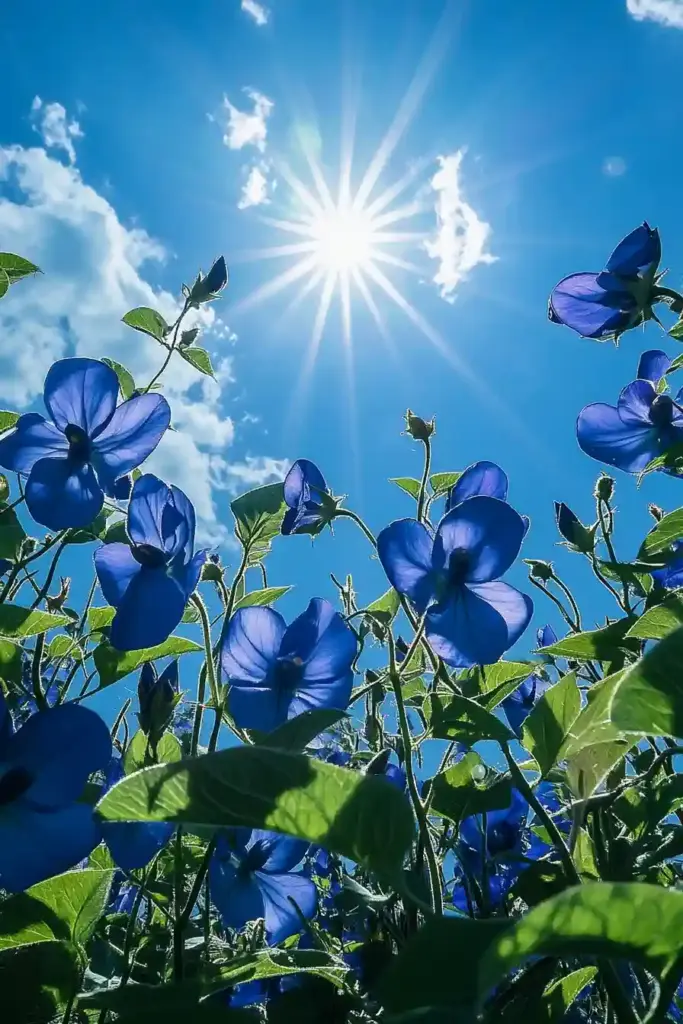
Spurred butterfly pea isn’t picky about soil, as long as it’s well-draining. It performs best in garden loam or sandy soils with a pH between 5.5 and 7.0. Avoid heavy clay or compacted soils unless amended with compost or sand to improve drainage.
🔧 Soil Tip: If your soil is compacted, mixing in organic matter can improve texture and boost root development.
🌾 Fertilizer
Because it’s a nitrogen-fixing plant, spurred butterfly pea often doesn’t need much fertilizer. In nutrient-poor soils, a light application of balanced, slow-release fertilizer in spring can support growth. Avoid high-nitrogen blends, which may encourage leaf growth at the expense of flowers.
✂️ Pruning
To maintain shape and encourage bushier growth, give your vine a light prune in early spring. Remove dead or leggy stems and gently train the plant onto a support if desired. Occasional trimming through the growing season helps keep things tidy and promotes continuous blooming.
🪴 Bonus: Pruning also improves airflow, which helps prevent fungal issues.
🌱 Propagation
Spurred butterfly pea is easy to propagate from seeds. Sow them directly in warm soil after the last frost, or start indoors 4–6 weeks prior. To speed germination, scarify seeds (nick or soak them) before planting.
🔄 Transplanting
When moving seedlings or nursery plants, choose a spot with full sun and loose, fertile soil. Transplant in late spring when temperatures are stable, and water well afterward to reduce transplant shock.
Common Pests & Diseases
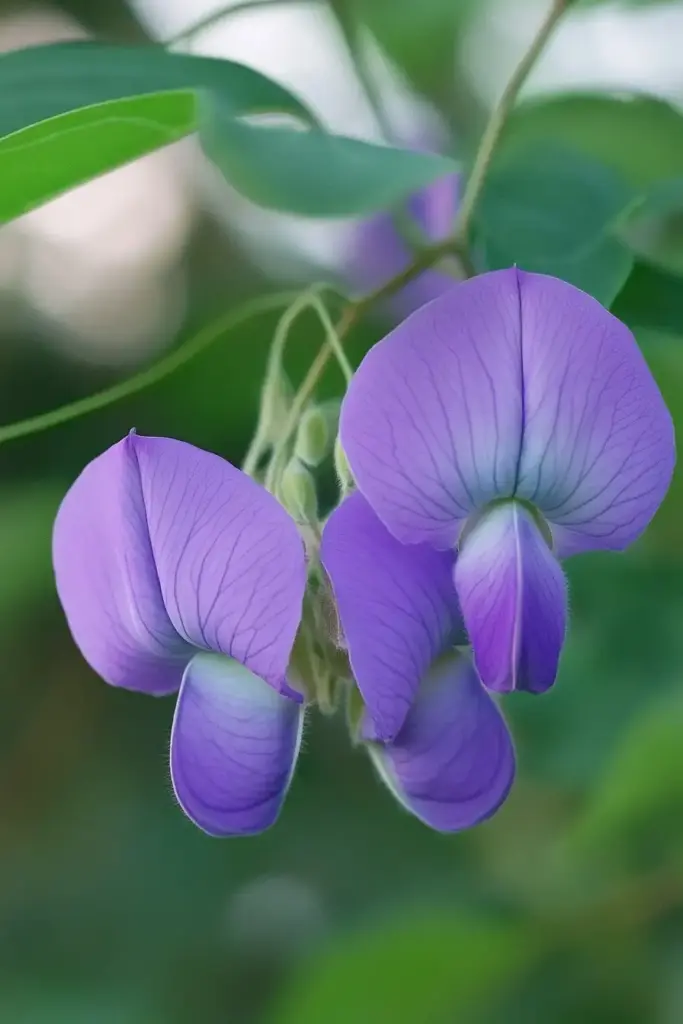
One of the perks of Spurred butterfly pea care is its strong resistance to most pests and diseases. However, like all garden plants, it’s not entirely immune. Here are a few things to keep an eye on:
🐛 Common Pests
- Aphids: These tiny sap-suckers may cluster on tender shoots. Spray with a strong stream of water or use insecticidal soap if infestations become heavy.
- Spider Mites: In hot, dry conditions, mites may appear. Look for webbing and stippled leaves. Neem oil or miticides can help.
- Leaf Miners: These pests burrow inside leaves, creating winding trails. Prune affected leaves and monitor closely.
💡 Tip: Attracting beneficial insects like ladybugs can help control pest populations naturally.
🍂 Common Diseases
- Powdery Mildew: A light white powder on leaves often appears in humid or shady conditions. Improve airflow and apply a sulfur-based fungicide if needed.
- Root Rot: Caused by overwatering or poor drainage. Make sure soil is loose and water only when necessary.
- Fungal Leaf Spots: Rare but possible, these appear as brown or black specks. Remove infected foliage and avoid overhead watering.
Regular inspection and proper cultural care (good airflow, appropriate watering) go a long way in keeping your plant healthy.
Planting Time & Growth Habit
🌸 When to Plant
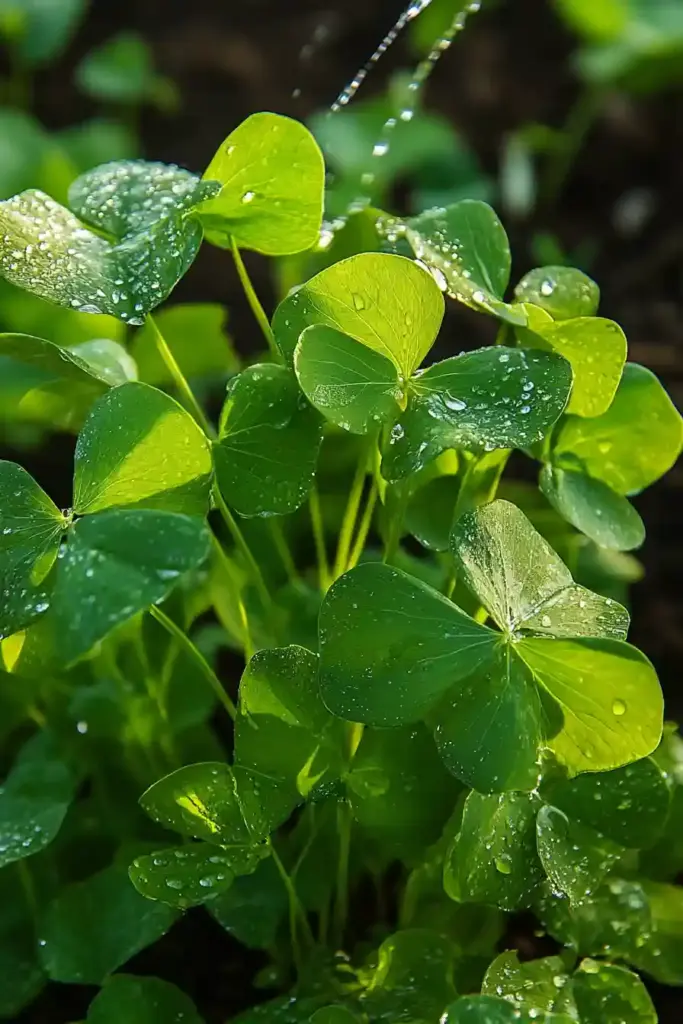
For best results, plant spurred butterfly pea in spring or early summer, after the last frost has passed. Warmer soil temperatures promote quick germination and vigorous early growth. If you’re starting from seed indoors, aim to sow 4–6 weeks before your last frost date, then transplant seedlings once the weather stabilizes.
📅 Planting Window: Late March to early June (varies by region)
🌿 Growth Habit
Spurred butterfly pea is a twining, herbaceous vine that adds movement and vertical interest to your garden. It can be grown to climb trellises, fences, or arbors, or left to sprawl as a lush ground cover. Mature plants typically reach lengths of 3 to 6 feet, though with support and ideal conditions, they may grow even longer.
The plant features slender, flexible stems, trifoliate leaves, and distinctive purple-blue flowers that resemble butterflies in flight. It’s a beautiful addition to wildflower gardens, pollinator plots, or native landscaping, and its nitrogen-fixing roots help improve soil fertility over time.
Final Thoughts on Spurred Butterfly Pea Care
Spurred Butterfly Pea care is refreshingly simple and rewarding for both beginners and seasoned gardeners. This drought-tolerant vine shines alongside our 11 Drought-Tolerant Shrubs for Full Sun and delights pollinators just like the specimens in our 18 Beautiful Patio Plants That Will Turn Your Space into a Lush Oasis!. With a bit of sun, well-drained soil, and the occasional prune—refer to our pruning tips in 11 Patio Planter Ideas—you’ll enjoy months of vibrant color and lush growth.
Plant it with purpose, give it room to climb on structures inspired by our 15 Gorgeous Flagstone Patio Ideas, and let this native beauty bring a touch of wild

